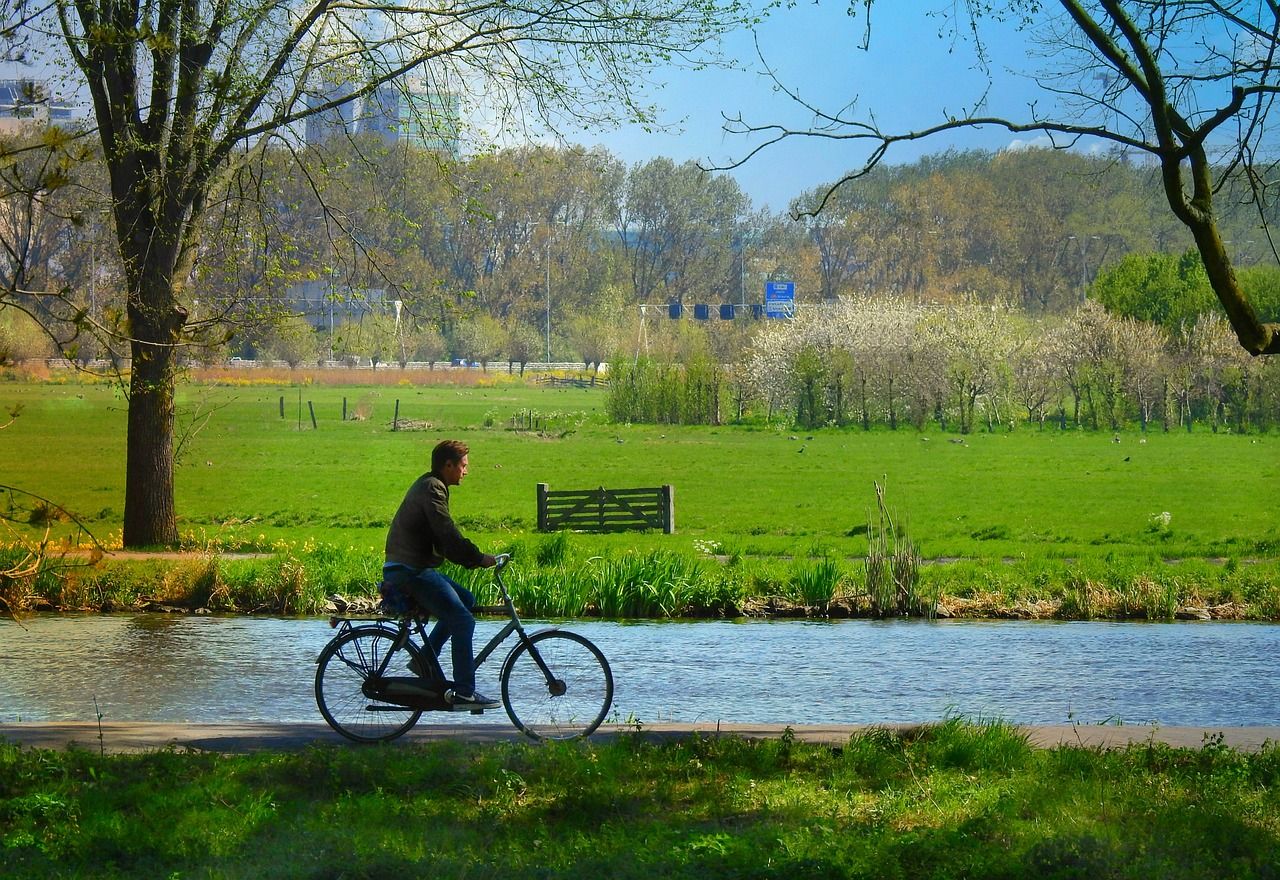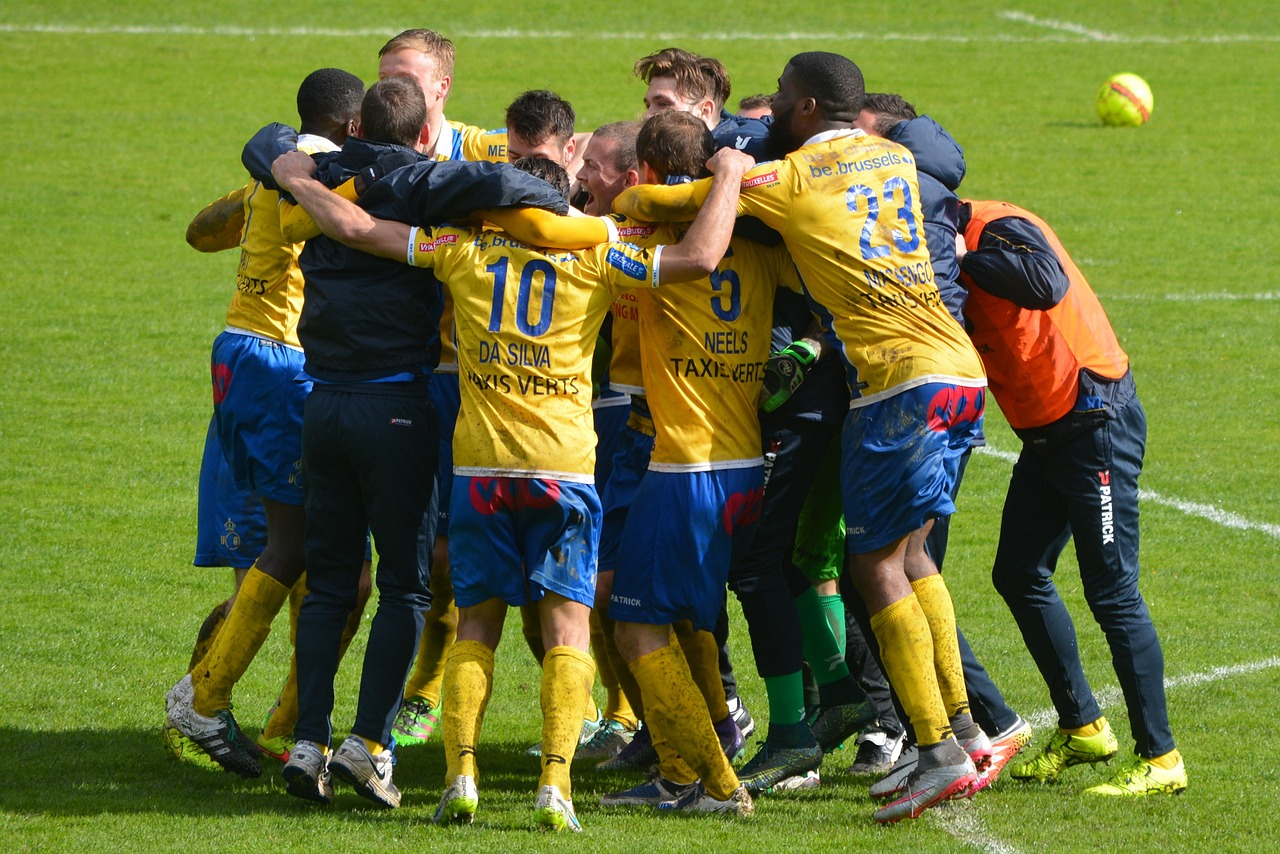

Introduction
In a world increasingly dominated by screens and sedentary lifestyles, the importance of physical literacy cannot be emphasised enough. While we often associate literacy with the ability to read and write, physical literacy, too, is an essential tool that impacts our overall well-being. This concept encompasses a wide range of fundamental movement skills and plays a pivotal role in shaping not just our physical health but also our mental, emotional, and social well-being. In this blog post, we’ll explore the profound benefits of physical literacy and why it’s much more than just exercise.
What Is Physical Literacy?
Before we delve into the benefits, let’s understand what physical literacy actually means. The most recognised and widely accepted definition of physical literacy is by the International Physical Literacy Association (IPLA) who describe being physically literate as “the motivation, confidence, physical competence, knowledge and understanding to value and take responsibility for engagement in physical activities for life”. Therefore, physical literacy is the foundation of movement. It’s the ability to move with competence and confidence in various physical activities, ranging from everyday movements like walking and running to more complex skills like swimming or dancing. It’s about understanding the principles of movement and being able to apply them effectively to navigate the physical world around us.

The Benefits of Physical Literacy
Various research has demonstrated the benefits of physical literacy and its potential to enhance wellbeing and enable a person to flourish. There is strong physiological and psychological evidence that regular participation in purposeful physical activity can have a significant positive impact on holistic health and wellbeing. There are many benefits to physical literacy, including:
Healthy lifestyle
Physical literacy is a crucial component of a healthy lifestyle. When individuals are physically literate, they are more likely to engage in regular physical activity. This, in turn, reduces the risk of chronic diseases such as obesity, diabetes, heart disease, and osteoporosis. A physically literate person is more likely to maintain a healthy weight, build strong bones and muscles, and have better cardiovascular health.

Enhanced mental health
The connection between physical literacy and mental health cannot be overstated. Engaging in physical activities, even simple ones like walking or stretching, triggers the release of endorphins, the body’s natural mood enhancers, reducing symptoms of depression and anxiety. Developing physical literacy is important for stress reduction, improved self-esteem and a sense of accomplishment, all of which are vital for mental well-being.
Enhanced cognitive function
Physical activity has been shown to improve cognitive function, including memory, attention, and problem-solving skills.
Increased Confidence and Self-Esteem
As individuals become more physically literate, they develop a sense of confidence in their physical abilities. This newfound confidence often spills over into other aspects of their lives, boosting their self-esteem and resilience. It’s not just about physical skills such as being able to do a cartwheel or shoot a basketball; it’s about knowing that they can overcome physical challenges, which can translate into resilience and self-assuredness in the face of life’s challenges.
Lifelong Engagement in Physical Activity
Physical literacy fosters a love for movement and physical activity that lasts a lifetime. When people are comfortable with their physical abilities, they’re more likely to continue engaging in sport and physical activity, fitness routines, and recreational activities well into adulthood. This engagement over the life course helps maintain overall health and keeps individuals mentally and physically active as they age, enabling better balance, coordination, and mobility.
Better Motor Skills for Children
Physical literacy is especially critical for children. Promoting physical activity from an early age helps them to develop fundamental motor skills, such as running, jumping, throwing, and catching, which are the building blocks for more complex sport and physical activity. Children who are physically literate are better equipped to participate in sports, games, and physical education, setting them on a path to a healthier and more active future.
Social Benefits
Physical literacy is often a social activity. Participating in team sports, group fitness classes, or simply playing with friends promotes social interaction, teamwork, leadership, and the development of strong social bonds. These connections are essential for mental well-being and can lead to a happier, more fulfilling life.

Societal benefits
Physical literacy is also important for society as a whole. When people are physically literate, they are more likely to be productive members of society and less likely to rely on healthcare services. Physical literacy can also help to reduce crime and violence, and improve social cohesion.
Conclusion
Physical literacy is not just a matter of learning to throw a ball or do a yoga pose; it’s about mastering the fundamental skills that empower us to move confidently and competently throughout life. The benefits of physical literacy extend far beyond the physical realm, encompassing mental and social well-being as well. By nurturing physical literacy development in ourselves and our children, we can unlock the potential for healthier, happier lives and a future where movement is not a chore but a joyful and empowering part of our daily existence. So, let’s celebrate and cultivate physical literacy, ensuring a brighter, more active future for all.


Responses